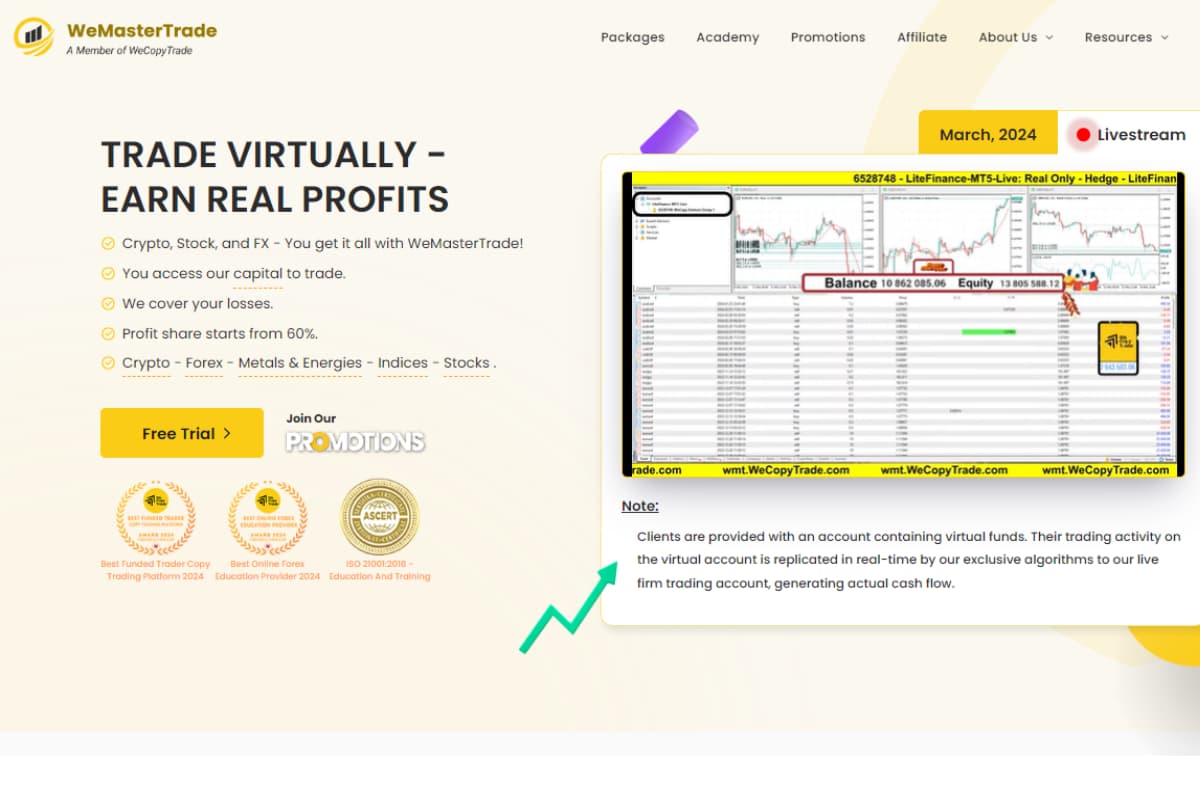
Spot trading can be an excellent way to profit from short-term price fluctuations in the market. However, without the appropriate strategies, it is easy to end up losing money. To win in spot trading, you must have a good understanding of the market and a sound plan. This article will go over eight strategies that many experienced spot traders have found effective in gaining success.
Understanding Spot Trading
Spot trading allows traders to make trades that settle right away, instead of waiting for a future date. With spot trading, you may purchase or sell an asset at the current price for almost instant delivery. It connects buyers and sellers through a broker so trades can be matched and completed quickly. This form of trading is preferred by day traders, who may open short-term positions with low spreads and no expiration date.
For instance, when you think the price of gold might go up soon, with spot trading, you can buy gold at its current value and hope to sell higher soon after for a profit from the short-term price change.

Or if a currency is dropping and you want to avoid losing money, you can do a spot trade to switch it immediately. The “spot” in spot trading just refers to the present time, rather than future contracts. It is a handy way to try making gains from little ups and downs in the market without needing to hold your position for long.
Pros and Cons of Spot Trading
Just like any other type of trading, spot trading also has its own benefits and risks. Let us have a closer look at the advantages of disadvantages of spot trading.
Pros
- You can act fast: There is no waiting around for contracts to expire. You can get in and out of trades quickly as opportunities arise.
- Accessibility: Spot trading is available on multiple trading platforms and works in most countries worldwide so you can easily engage in this type of trading.
- Profit from short-term moves: Spot trading lets you aim to make gains from small price fluctuations over just days or hours rather than weeks/ months.
- Lower collateral: Since trades settle fast, you do not have to tie up as much cash in open positions like with futures.
Cons
- Increased risk: With no expiration date protecting you, losses can pile up fast if the market moves against your position.
- Liquidity issues: In bad markets, it may be difficult or costly to sell positions if not many trades are happening.
- Takes experience: It is easy to lose your spot trading without a clear plan and understanding of techniques like support and resistance.
- Volatility challenges: Huge price swings can happen in seconds and you may find it harder to read the market and decide when to buy or sell.
Overall, spot trading allows traders to potentially earn from little ups and downs, but your risk is always present. Controlling risks is key to this trading method.
Best Strategies for Successful Spot Trading
The most effective spot trading approach may vary depending on the market conditions, your trading goals and risk tolerance, and much more. Here we look at the eight proven strategies for successful spot trading.
Conduct Thorough Research
The first approach to do well with spot trades is taking the time to really look into what you want to invest in. You should learn about assets – their fundamental aspects. Explore what the asset is, how it works technically, who is involved in producing it, the market demand, etc.

In addition, you should stay up to date on current news, trends in the industry, and changes to rules that could affect prices going forward. Do not just trade something because the value went up a little recently. Going into trades after careful research helps ensure you choose investments with solid prospects while avoiding riskier options you may not fully comprehend.
Utilize Technical Analysis
Another useful strategy is using technical analysis. This analysis involves looking charts showing how prices changed over time and data on trading volume. Simple tools like moving averages and trend lines on charts can help you recognize patterns and get an idea of which direction the market may be moving. Referring to basic charts and indicators is a straightforward approach that provinces insights beyond just following price swings alone.
Develop Clear Entry and Exit Strategies
Having a well-structured plan for when to purchase and sell is important for successful spot trading. You need to decide ahead of time what price levels or technical signals you will use to enter and exit trades. This could be a moving average (MA) crossover or breaking through a trendline.
Sticking to your trading strategy means you will not make emotional decisions at the worst times. Developing clear entry and exit points helps take some of the risk out of spot trading.
Manage Risks
It is key to manage risks when doing spot trades. Never spend more than you may afford to lose. You should consider limite your losses by setting a maximum percentage you are willing to lose on each trade. Also think about diversifying your spot trades across several assets rather than putting all your eggs in one basket. Properly managing risks helps you trade safely over the long term.

Follow Market Trends
The next strategy is to regularly check on trends across the market as well as relevant current events. This helps you recognize what assets may be attracting more interest or facing new issues.
By staying informed of announcements, industry partnerships, regulation changes and tech advances, you can gain more context for identifying potential trading opportunities or risks ahead of time. Paying attention to broader movements and news helps make you a more well-informed spot trader.
Maintain Discipline and Control Emotion
Trading based on feelings like fear and greed is unwise. It is best to have a plan and stick to it, not chase fast profits or dump assets in a panic. Maintaining discipline means trading calmly and not reacting strongly to every price change. Keeping emotions in check with level-headed decision making helps you make consistent, strategic trades.
Use Dollar-Cost Averaging (DCA)
Dollar-cost Averaging (DCA) is a good strategy to use when spot trading. You can invest a fixed amount of money regularly, regardless of price changes. This lets your average entry price even out over time, reducing the influence of short-term fluctuations.
Dollar-cost averaging takes the stress out of trying to time the market perfectly. If you are looking to build positions for the long run, it is a steady way to do so while balancing gains and losses.
Stay Updated on Exchange Security
Trade smartly by using prestigious and secure trading platforms, like WeCopyTrade. You should do some research to find a platform with a good reputation and history of protecting users. Once you have selected one, keep up with any changes they make to further secure accounts. Many exchanges now offer two-step verification and cold storage for funds, which greatly reduce the risk of hacks and theft.

By staying aware of the security measures in place, you can have confidence trading on that site. This is a key strategy for maintaining long-term success in spot trading.
Final Words
In conclusion, following approaches like managing risk, developing clear rules, maintaining discipline, focusing on trends, and ensuring security can help serious spot traders trade more effectively. Implementing some of these strategies, such as dollar-cost averaging and staying informed, promotes steady progress toward longer-term financial goals.
With practice and patience, applying proven techniques systematically leads to lower stress and higher chances of success over the long run. Visit our blog at https://wmt.wecopytrade.com/blog for more trading tips.





